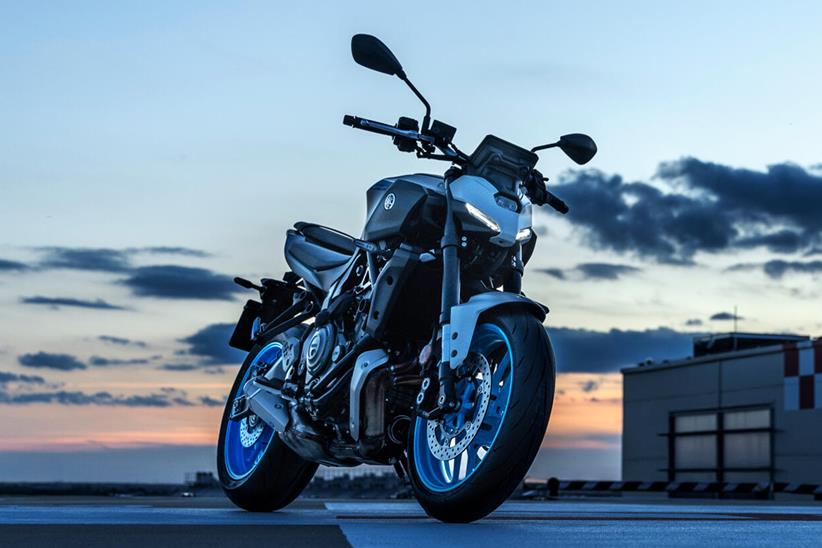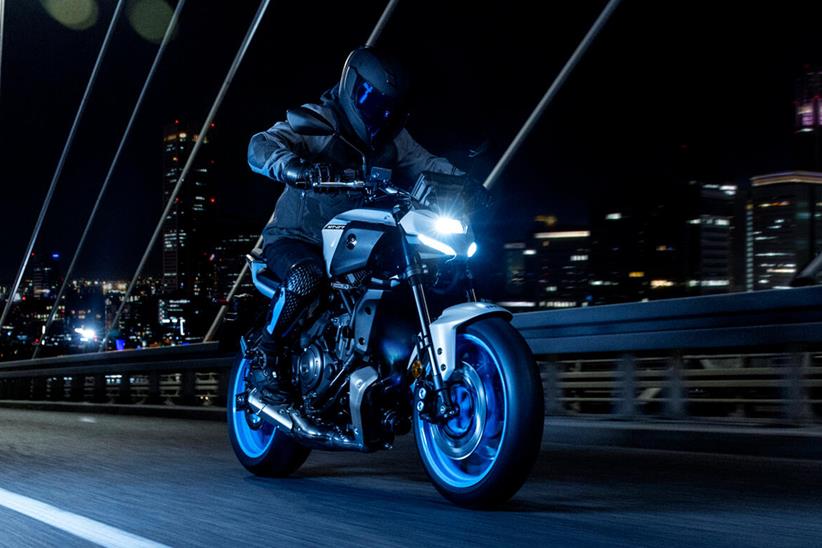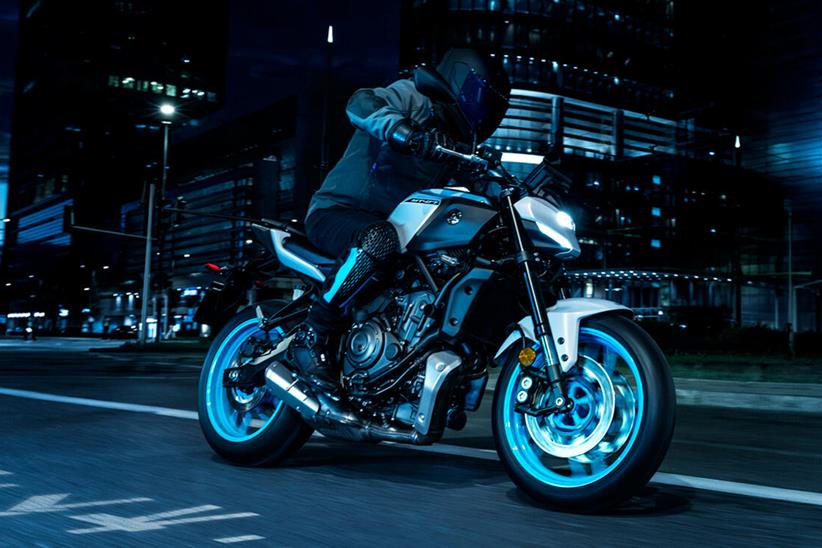Radically revised Yamaha MT-07 sheds weight despite tech overhaul but retains the same CP2 engine
Yamaha’s parallel twin MT-07 naked first hit the market back in 2014, and for 2025 it enters its fourth generation with a new chassis, looks, electronics, overall weight reduction, riding position, and more.
- Related: 2014 Yamaha MT-07 review
Despite the myriad changes though, the main conversation amongst riders is likely to centre around the engine, which remains the same tried and tested 690cc parallel twin unit as before, now meeting Euro5+ emissions regulations.
Power still sits at the same 72.4bhp at 8750rpm, which should still make it the same engaging wheelie hungry middleweight it’s always been; however it has been criticised in recent years for lacking the same level of punch as its Suzuki GSX-8S and Honda CB750 Hornet-shaped rivals.
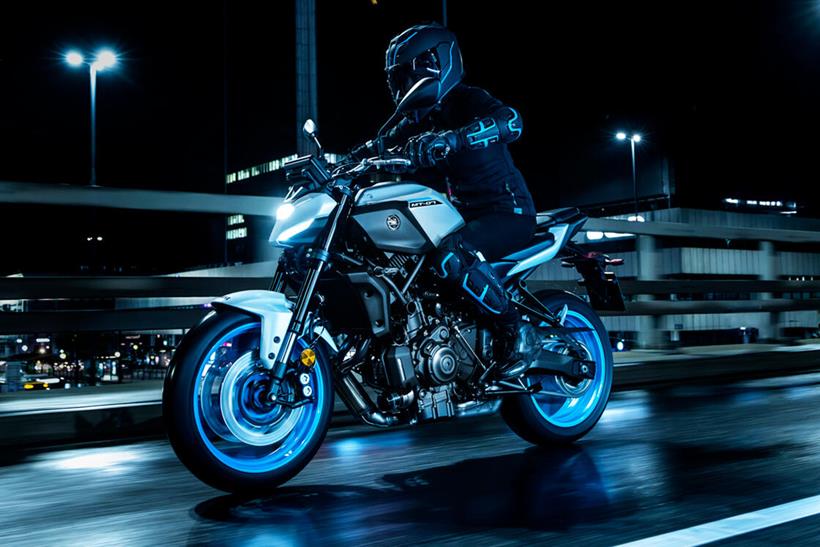
This engine comes paired with a ride-by-wire throttle for the first time, with Yamaha also using an acoustic amplifying system – similar to the one found on the larger MT-09 – to project more of the induction noise towards the rider.
The size, shape, and layout of the intake elements have been altered, with four openings now found on the restyled 14-litre fuel tank to allow for more audible noise. It’s said to be most noticeable riding out of slow speed corners with between 25% and 50% throttle.
Alongside the added noise, there’s also an assist and slipper clutch, which is said to make downshifts easier whilst also reducing the force needed to pull in the lever by around 22%.
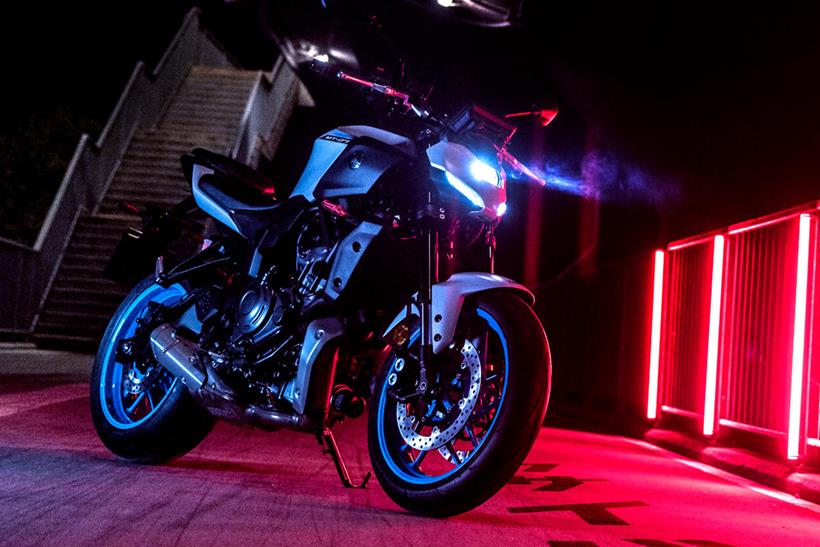
Saving weight
Although overall performance is similar, the MT-07 has been on a diet, which should give it a little more spring in its step.
- Related: 2021-on Yamaha MT-07 review
Overall weight now sits at a claimed 183kg, making it one kilo lighter than the old bike, 7kg less than the Hornet, and 19kg lighter than the Suzuki. This is despite 4.5kg of technical upgrades going into the MT during development.
Key weight savers include the spinforged 17in rims, which save almost 500g in unsprung mass and reduce inertia at both ends by 4%. They’re dressed in sportier Dunlop Sportmax Q5A tyres, too.
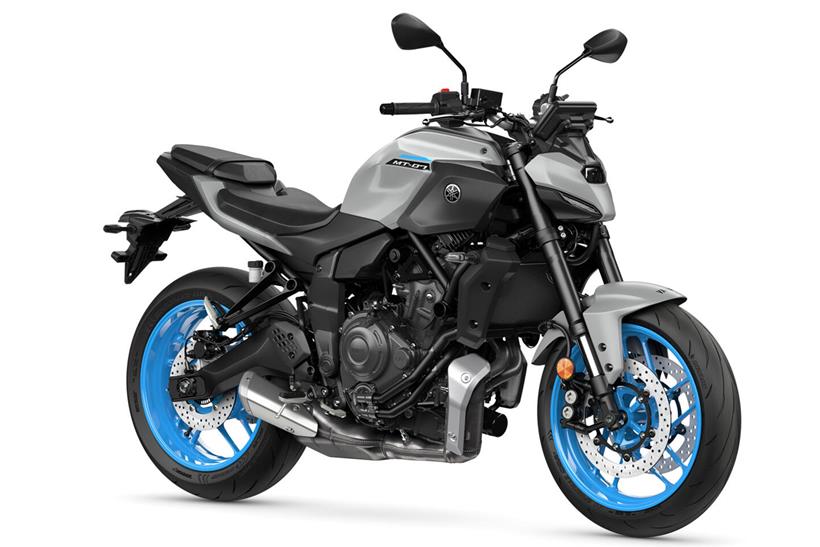
The new bodywork, which mimics the larger three-cylinder MT-09 also cuts off 600g, with smaller details like the fuel filler cap and chain also shaving precious grams where possible.
Speaking of the design, the same recognisable MT-07 silhouette remains, however the headlight unit is more minimalist, with lines that flow into a reshaped fuel tank that does away with the current side mounted vents behind the forks. The tail, whilst similar, has also had a re-jig, but retains the ability to carry a pillion.
New riding position
Sticking with the seats, there’s said to be a new more engaging riding position for 2025 which is sportier than the outgoing model. It should also be easy for new riders, thanks to a seat height of just 805mm and a narrow stepover behind the twin cylinder engine.
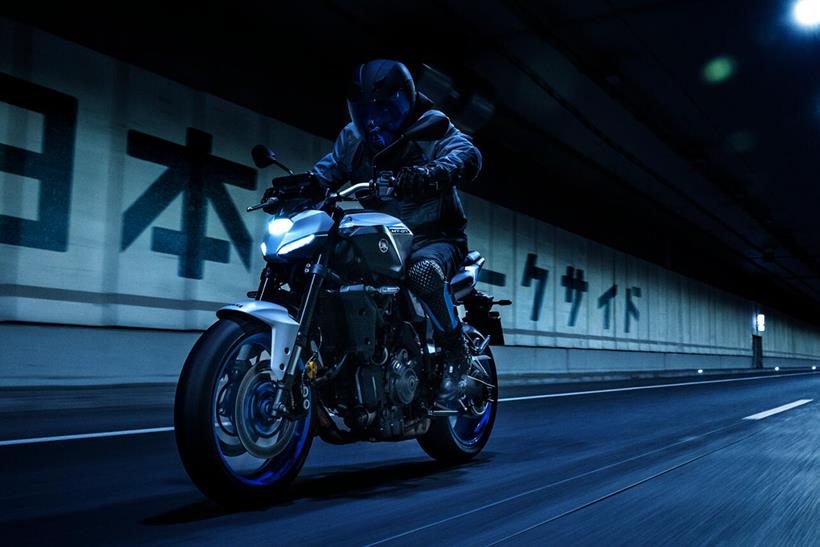
The handlebars are now 18mm wider, 22mm lower and 9.3mm further back to the rider. Footpegs have also dropped by 10mm for additional leg room for taller riders, with a revised seat shape also said to assist with your ability to grab onto the fuel tank with your knees.
This new riding position works in tandem with a fresh 14.8kg tubular steel chassis that now offers a claimed 12-13% increase in torsional, longitudinal, and lateral rigidity. This also encompasses a new swingarm pivot, which bolts into a new rear arm.
In fact, only the headstock is carried over from the old machine, with even the conventionally mounted front forks ditched in favour of 41mm upside down units that are again nearly half a kilo lighter.
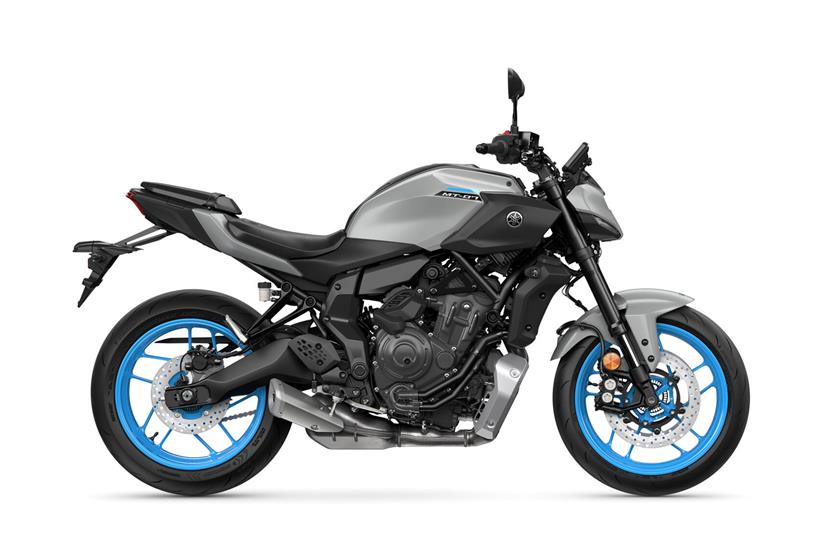
The shock linkage is new at the back end too with the unit itself providing both preload and rebound adjustment. A pair of four-piston radial brake calipers sit up front – a first for the MT-07.
Staying connected
Being a modern Yamaha, you of course also get a mobile connectable five-inch TFT dash, which can also be paired with the free Garmin StreetCross app.
- Related: Garmin Zumo XT satnav review
This unit, alongside new switch gear, allow you to flick through a range of three new riding modes, plus two stages of traction control. There’s also a ride-by-wire throttle, with a quickshifter available in the optional extras catalogue.
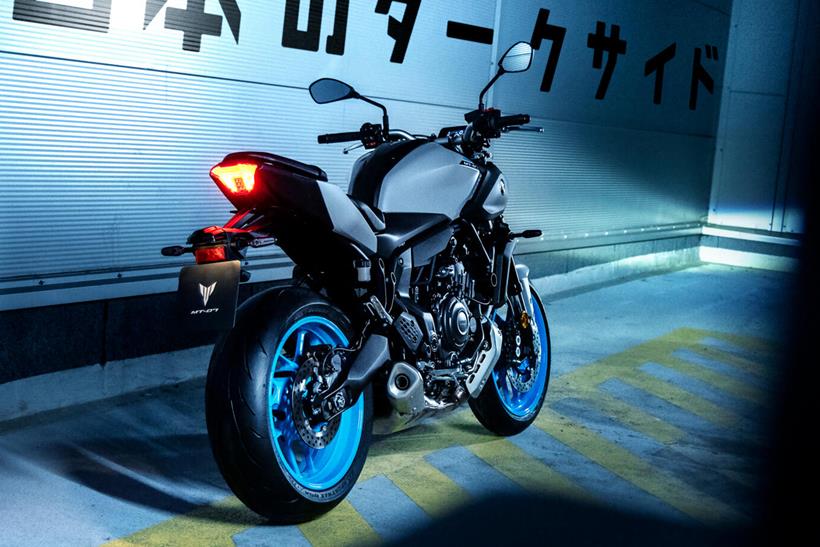
Much like the latest MT-09, a semi-automatic Y-AMT version will also be available – doing away with the clutch lever and foot shifter in exchange for neat paddles on the left side of the bars.
- Related: 2024 Yamaha MT-09 Y-AMT review
A bikes are expected in the first quarter of 2025, with three colour choices available. Prices are yet to be confirmed, but we’d expect a modest increase over the current £7516.
